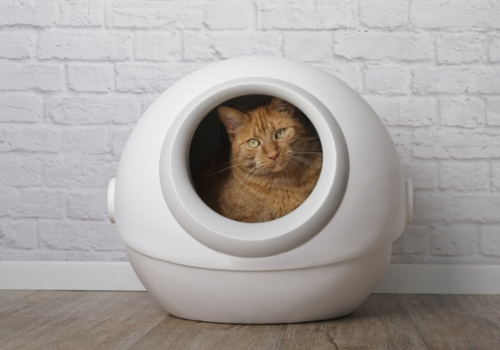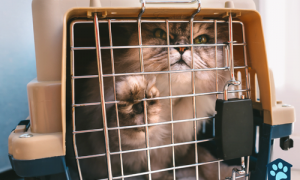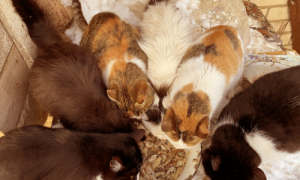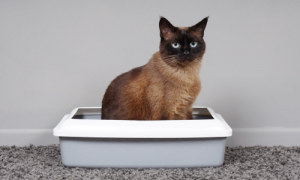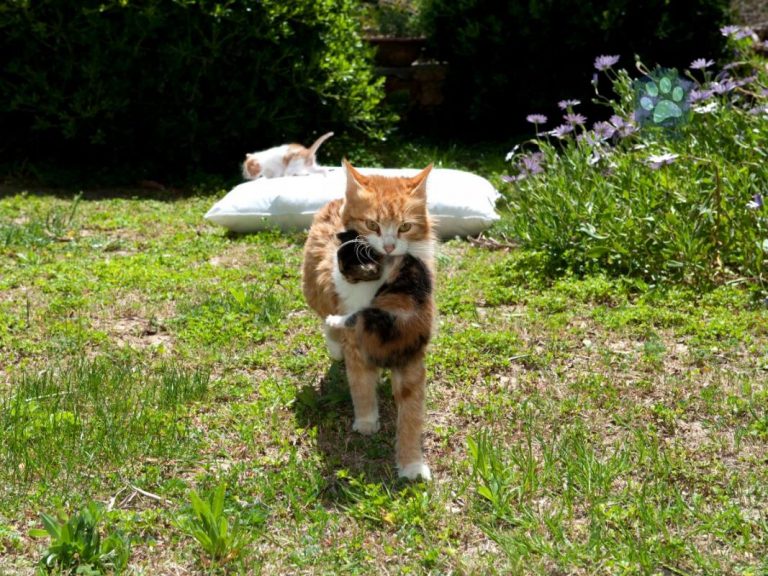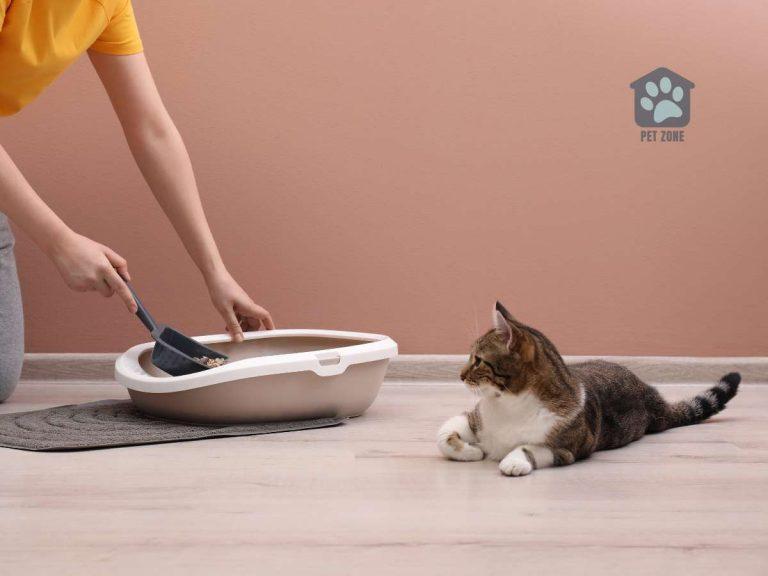Estimated reading time: 4 minutes
This guide will introduce you to the different types of self-cleaning litter boxes, from the mechanics behind them to the pros and cons of each type.
Ever spent a day away from home only to return to the unpleasant surprise of a full litter box? We’ve all been there, right? The constant maintenance of your cat’s litter box can sometimes feel like a thankless job.
But what if there was a better way? Imagine a world where you’re free from the daily chore of cleaning up after your cat, a world where a clever piece of technology handles it all. Intrigued?
How do They Work?
Most self-cleaning litter boxes rely on a mix of sensors, timers, and mechanical elements to sift through litter, isolate waste clumps, and deposit them into a separate waste compartment.
Some advanced models even come with health tracking capabilities, odor neutralizers, and remote control via a smartphone app.
The Benefits
Self-cleaning litter boxes offer several benefits, from maintaining a cleaner environment and reducing odors to saving time and effort for the pet owner. They also provide health benefits by reducing the risk of bacterial growth, which can cause infections in both pets and humans.
Types of Self-Cleaning Litter Boxes
There’s a range of self-cleaning litter boxes available in the market, each with its own mechanism and features. Let’s delve into some of the most common types:
Rake-Based Systems
Rake-based systems are one of the most common types of self-cleaning litter boxes. These systems use a mechanized rake to comb through the litter and scoop up any waste. The waste is then deposited into a separate compartment for easy disposal.
While rake-based systems are efficient and relatively affordable, they may require more frequent litter changes and can be a bit noisy during operation. The rakes also need regular cleaning to prevent them from getting clogged.
Rotating and Sifting Systems
Rotating and sifting systems use a different approach. These boxes have a spherical or cylindrical design that rotates to sift the litter and separate the waste. After the rotation, waste gets deposited into a drawer or compartment for easy disposal.
Rotating and sifting systems are often quieter and more efficient at separating waste than rake-based systems. However, they can be more expensive and may require a specific type of litter to work correctly.
Conveyor Belt Systems
Conveyor belt systems are another type of self-cleaning litter box. After your cat uses the box, a timer activates the conveyor belt, which moves the waste from the litter area to a sealed waste compartment.
Conveyor belt systems are efficient and do a great job of isolating waste, reducing odor. However, they can be more expensive than other types and might be slightly noisier due to the motor’s operation.
Cat Genie’s Sanisolution
Cat Genie’s Sanisolution is a unique type of self-cleaning litter box. It uses a special washable granule instead of regular litter. After your cat uses the box, the system scoops, liquefies, and flushes the waste out of your home. The granules are then washed, sanitized, and dried for the next use.
The Cat Genie’s Sanisolution is eco-friendly and reduces the need for constant litter replacement, which can save you money over time. However, it requires a hookup to a water source and drainage, which might not be feasible in all homes.
ScoopFree Ultra
The ScoopFree Ultra is an automatic self-cleaning litter box that uses disposable litter trays filled with crystal litter. The system automatically rakes the waste into a covered compartment 20 minutes after your cat uses the box.
The ScoopFree Ultra is efficient, easy to use, and minimizes odor. The disposable trays make cleanup a breeze, but the ongoing cost of replacement trays can add up over time.
Factors to Consider When Buying a Self-Cleaning Litter Box
When selecting a self-cleaning litter box, consider factors like the type of cleaning mechanism, the cost, the type of litter required, the size of the box, and its noise level. Also, consider your cat’s preferences, as some cats might be scared of automatic systems.
Cleaning and Maintenance of Self-Cleaning Litter Boxes
Despite their automatic nature, self-cleaning litter boxes still require some maintenance. Regularly empty the waste compartment, check the moving parts for blockages, and replace the litter as recommended by the manufacturer.
Conclusion
Self-cleaning litter boxes can significantly ease the task of pet maintenance. Whether it’s a rake-based system, a rotating and sifting system, a conveyor belt system, the unique Cat Genie’s Sanisolution, or the ScoopFree Ultra, there’s a self-cleaning litter box out there to suit every need and budget.
As an Amazon Associate I earn from qualifying purchases.


